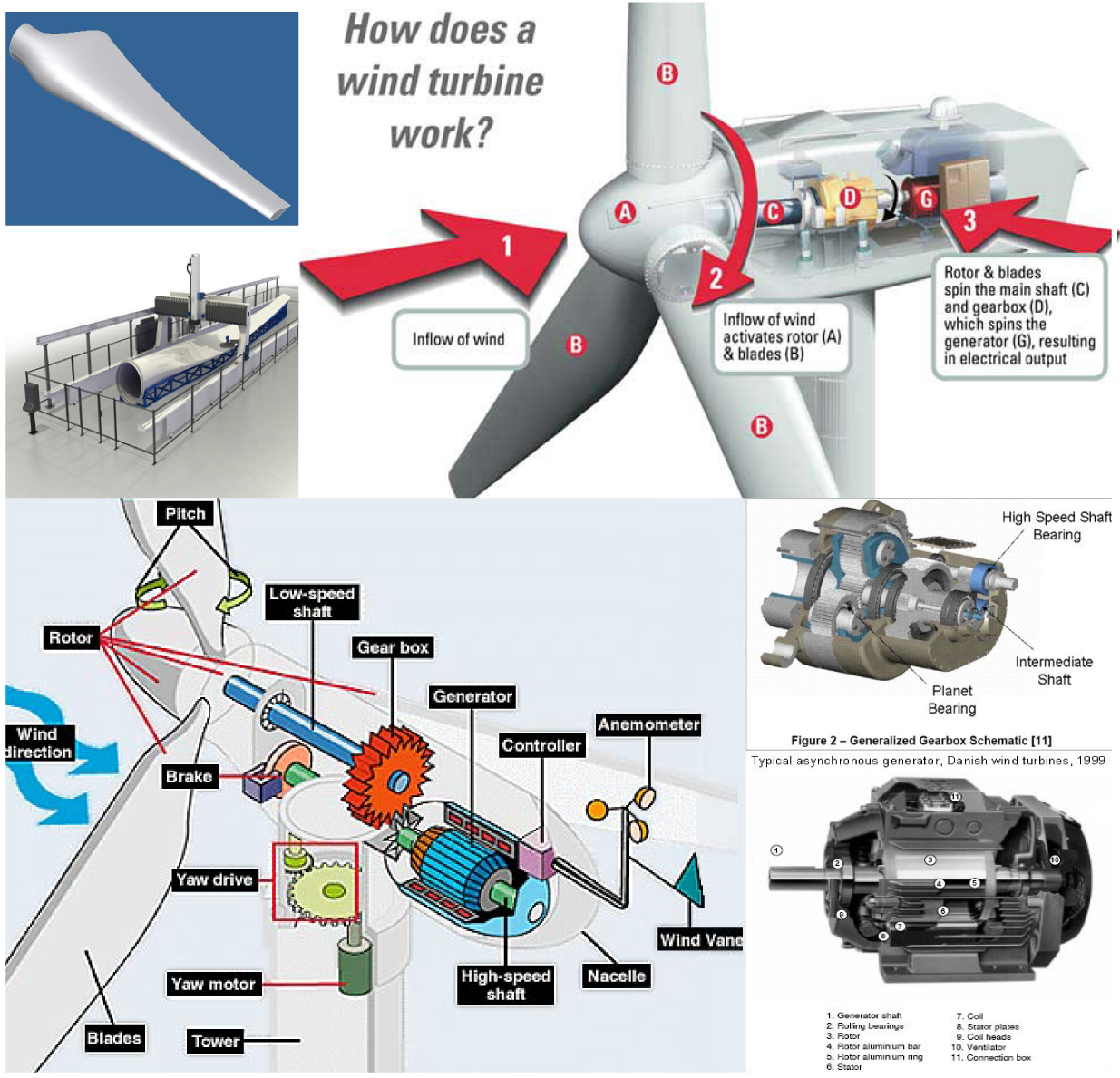
(NaturalNews.com) "Cold fusion is real, but mass American news sources are not covering it. Experiments are currently being duplicated across the world, to add further verification to the body of scientific proof. It is now possible to create energy with commonplace resources at no cost to the environment. Power plants using cold fusion will be constructed before 2012.
Natural News has been covering the developments of cold fusion for quite some time, as controlled experiments in Russia, California, Italy, and Japan have consistently proven that cold fusion is real. (Read one of the original articles here (
http://www.naturalnews.com/013281.html).)
One of these successful experiments was conducted by Professor emeritus of Osaka University, Japan - Yoshiaki Arata. Dr. Arata performed a demonstration of cold fusion at Osaka. A colleague of his wrote, afterward: "Arata's demonstration was successfully done it demonstrated live data looked just similar to the data they reported in [the] papers. This showed the method highly reproducible." Read the original article for more details at (
http://www.sott.net/articles/show/1...).
In addition, Andrea Rossi's Fusion Energy Catalyzer was tested in a number of different scenarios this year, resulting in a stronger belief that cold fusion may be ready for public use by the end of 2011. On January 14, Focardi and Rossi held a press conference, discussing their 10-kW generator. Another experiment, which took place roughly a month later at the University of Bologna, reported the model generated 15 kW for 18 hours. There are currently plans to hook up roughly 200 of these smaller units, in order to construct two 1 megawatt-producing power plants before the end of the year. If these plants perform up to their potential, then we can hope for the construction of industrial-sized power plants within another year or two.
But how does it work?
Cold fusion is not really magical, even though it could very well have a miraculous effect on our future. It is a relatively simple chemical reaction that produces excess heat, meaning that if the reaction occurs in water, it will increase the temperature of the water. Powdered nickel fuels the reaction. You put in nickel (one of the most plentiful metals on the planet), and you get heated water.
After that point, almost every mechanic in the world would be able to take it from there. Steam engines heat water with coal, then using the expansive properties of the steam to power turbines. A cold fusion device would use the same basic mechanical devices, but it would heat the water through the consumption of nickel rather than combustion.
But why has news of cold fusion not yet reached mass media in the United States? Why is there no story in the
New York Times that showcases all of this excitement and buzz?
The media has been burnt by the dream of cold fusion before. In 1989, Fleishman and Pons first conducted a series of experiments on cold fusion and produced some truly exciting results. In their excitement, they let their findings slip a little too early, before they had been able to thoroughly study the discovery, or realize consistently positive results. They released their miraculous findings, with claims of having discovered the dream machine of the millennium, and they caused a lot of excitement in the scientific community, at least at first.
But they had fallen prey to their own unbridled enthusiasm. Confronted with the potential of what they had discovered - a future resplendent with clean, free energy - they jumped the gun a little prematurely. Their method was reproduced across the globe, but many experiments fell flat. In fact, their method was shown to be effective only 30% of the time. And in the world of empirical fact, 30% is an error, not a discovery. It was supposed that the 30% of experiments that did corroborate Fleishman and Pons' findings were more likely the result of bribes or 'friendships,' not cold fusion.
Consequently, it was presumed that Fleishman and Pons were frauds, just a couple of jingoists desperately attempting to gain fame and attention. Cold fusion was thought to have been revealed as a hoax, and the scientists became notorious. All but excommunicated, Fleishman and Pons went underground, where they continued to hone their method and make the process easily replicable and consistent. They checked and double-checked their findings, and they spread their idea to other scientists willing to conduct more thorough investigations, such as Andrea Rossi, whose device has, so far, produced the consistency that Fleishman and Pons' lacked.
This discovery could not come at a better time for the world, when oil resources are quickly becoming scarce, and greenhouse gas emissions are continuing to spike, despite the damage they are causing.
So, given the reason for optimism in this period in which energy is particularly expensive, why is the mass media refraining from mentioning cold fusion. Why is it not on the front pages of every newspaper?
There are a number of possible explanations. First, the scientific community's pause could very well be a consequence of the unbridled enthusiasm given by the initial experiments conducted in 1989. After such a humiliation, it is easy to see why scientists would remain skeptical, at least on the surface. Meanwhile, Rossi's Energy Catalyzer is being slated for reproduction in large-scale, cold fusion reactors later this year. If you compare the pace of Rossi's tests to the scientific norm, then it is clear that scientists are, indeed, excited.
As for the press, there are more insidious explanations to be considered. For one, it is a distinct possibility that a number of enormous businesses, such as oil and coal companies are leaning on mass media sources to keep quiet. Cold fusion power plants would drop the price of energy, thereby putting energy companies out of commission. It is in their best interest to slow down the process of integrating cold fusion.
But whatever the reason for mass media silence, you can expect to start hearing about cold fusion by the end of the year. By then, it will be impossible to keep quiet a discovery of this magnitude."
--------------------------------------------------------------------------------------------------------------
 It's amazing how many problems could be fixed with this technology!
It's amazing how many problems could be fixed with this technology!
 (NaturalNews) Developing a renewable energy system that creates energy independence and even a considerable new source of revenue is not some sort of sci-fi pipe dream. BioCycle reports that the German village of Wildpoldsried, population 2,600, has had such incredible success in building its renewable energy system. Wildpoldsried generates 321 percent more renewable energy than it uses, and it now sells the excess back to the national power grid for roughly $5.7 million in additional revenue every single year.
(NaturalNews) Developing a renewable energy system that creates energy independence and even a considerable new source of revenue is not some sort of sci-fi pipe dream. BioCycle reports that the German village of Wildpoldsried, population 2,600, has had such incredible success in building its renewable energy system. Wildpoldsried generates 321 percent more renewable energy than it uses, and it now sells the excess back to the national power grid for roughly $5.7 million in additional revenue every single year.



















